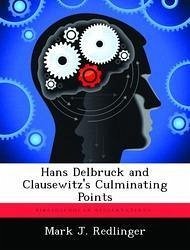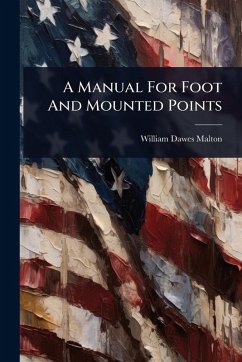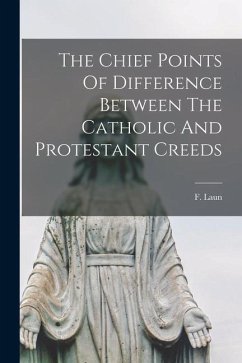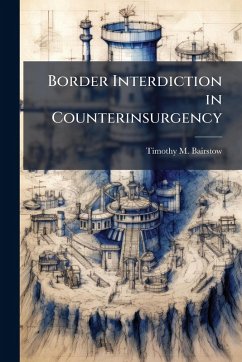
Hans Delbruck and Clausewitz's Culminating Points
Versandkostenfrei!
Versandfertig in über 4 Wochen
14,99 €
inkl. MwSt.

PAYBACK Punkte
7 °P sammeln!
This monograph searches for an answer to the question: "What is the relationship between strategies and operational culminating points?" It begins by examining the theoretical position of Hans Delbruck and his dual strategies of annihilation and exhaustion. It then turns to Clausewitz and investigates the concept of culminating points. Finally, it develops a model of strategic combat power which is used to aid the reader in understanding the theoretical link between operational culminating points and the strategies of exhaustion and annihilation. This concludes the first part of the monograph....
This monograph searches for an answer to the question: "What is the relationship between strategies and operational culminating points?" It begins by examining the theoretical position of Hans Delbruck and his dual strategies of annihilation and exhaustion. It then turns to Clausewitz and investigates the concept of culminating points. Finally, it develops a model of strategic combat power which is used to aid the reader in understanding the theoretical link between operational culminating points and the strategies of exhaustion and annihilation. This concludes the first part of the monograph. The second section of the monograph is a case study of the Yom Kippur War of 1973. This war is used to test the validity of our analysis concerning strategies and culminating points. Our theory not only is valid, but also demonstrates that a strategic planner must consider operational culminating points as an integral element to the success of any campaign. Not to understand the relationship of culminating points to the success of strategies will only end in disaster. This work has been selected by scholars as being culturally important, and is part of the knowledge base of civilization as we know it. This work was reproduced from the original artifact, and remains as true to the original work as possible. Therefore, you will see the original copyright references, library stamps (as most of these works have been housed in our most important libraries around the world), and other notations in the work. This work is in the public domain in the United States of America, and possibly other nations. Within the United States, you may freely copy and distribute this work, as no entity (individual or corporate) has a copyright on the body of the work. As a reproduction of a historical artifact, this work may contain missing or blurred pages, poor pictures, errant marks, etc. Scholars believe, and we concur, that this work is important enough to be preserved, reproduced, and made generally available to the public. We appreciate your support of the preservation process, and thank you for being an important part of keeping this knowledge alive and relevant.












